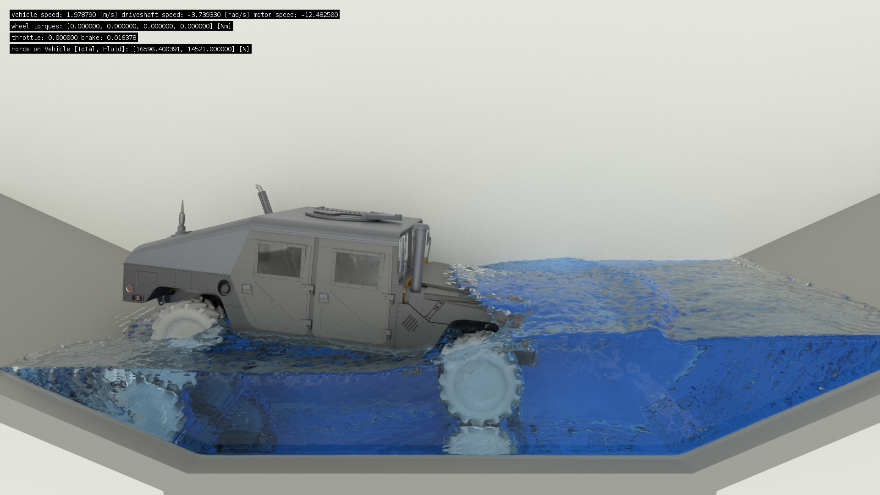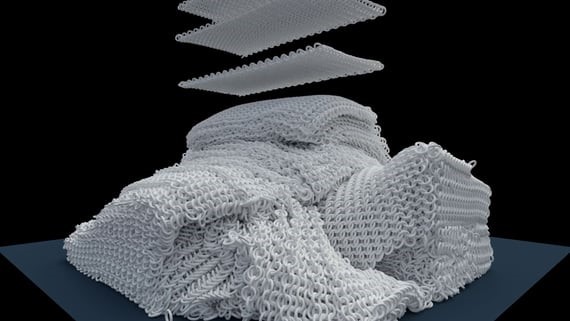
10:10 am
Microsoft Teams
Abstract
Insects walk on water, snakes slither and fish swim. Animals move with astounding grace, speed and versatility, but how do they do it and what can we learn from them? From the incredible efficiency of the wet dog shake to colonies of ants building rafts out of their own bodies, David Hu shows how animals have adapted and evolved to traverse their environments, taking advantage of physical laws with results that are startling and ingenious.
His profile in the NY Times is here.
His book can be ordered here.
Bio
Dr. David Hu is a mechanical engineer who studies the interactions of animals with water. He has discovered how dogs shake dry, how insects walk on water, and how eyelashes protect the eyes from drying. Originally from Rockville, Maryland, he earned degrees in mathematics and mechanical engineering from M.I.T., and is now Professor of Mechanical Engineering and Biology and Adjunct Professor of Physics at Georgia Tech. He is a recipient of the National Science Foundation CAREER award for young scientists, the Ig Nobel Prize in Physics, and the Pineapple Science Prize (the Ig Nobel of China). His work has been featured in The Economist, The New York Times, Saturday Night Live, and Highlights for Children. He is the author of the book “How to walk on water and climb up walls,” published by Princeton University Press. He lives with his wife and two children in Atlanta, Georgia.




